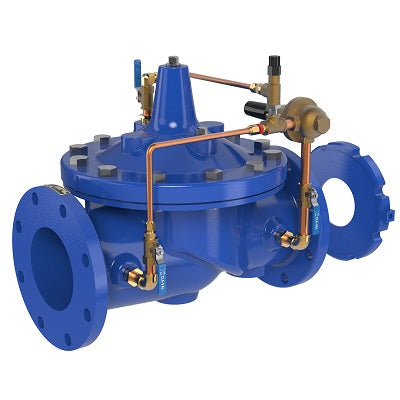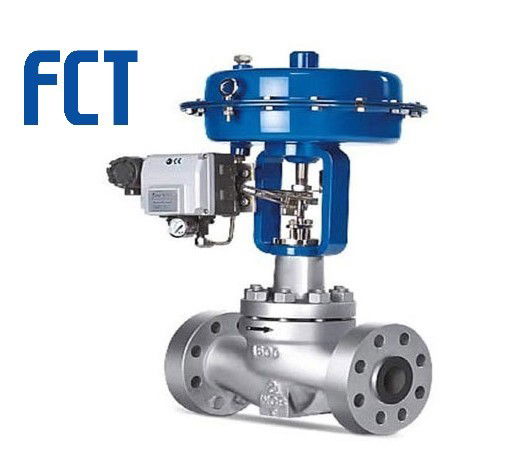Achieve Seamless Combination and Control With Quality Structure Automation Controls
In the realm of modern-day structure monitoring, the value of quality structure automation controls can not be overemphasized. Accepting top quality structure automation controls is not merely an issue of benefit yet a critical necessary for organizations intending to optimize their facilities' efficiency and sustainability.

Evolution of Building Automation Controls
Throughout the past few years, the advancement of developing automation controls has considerably changed the means structures are handled and operated. Initially, building automation systems largely concentrated on standard features such as regulating home heating, air, and ventilation conditioning (HVAC) systems. Nonetheless, as innovation advanced, these controls have come to be much more innovative, permitting for a larger series of structure systems to be integrated and managed centrally.
The evolution of developing automation controls has actually seen a shift in the direction of even more intelligent systems that can adapt to transforming conditions in real-time. This flexibility is critical for enhancing power performance and guaranteeing passenger convenience. Additionally, modern-day structure automation controls currently provide functions such as anticipating maintenance, remote surveillance, and data analytics, enabling center managers to make data-driven choices to enhance building performance.

Benefits of Top Quality Combination
The innovation in structure automation controls towards more intelligent systems has actually highlighted the substantial benefits of top quality integration in maximizing structure operations and enhancing total efficiency. This centralized control likewise gives better exposure and insights into building efficiency, allowing positive upkeep and optimization techniques. Generally, the advantages of top quality combination in building automation controls are indisputable, offering raised performance, convenience, and operational efficiency.
Boosted User Experience and Accessibility
Enhancing user interaction with building automation regulates with user-friendly layout and boosted availability boosts the overall experience for owners and facility managers alike. By concentrating on customer experience, building automation systems can end up being extra reliable and straightforward. Intuitive user interfaces, clear navigating, and customizable setups equip users to engage with the controls conveniently and properly.
Access attributes play an essential function in making sure that all individuals, Recommended Reading including those with handicaps, can use the building automation regulates with convenience. Incorporating features such as voice commands, tactile buttons, and color-contrasted screens can improve access and make the controls a lot more comprehensive.
In addition, boosted customer experience causes higher user contentment, increased productivity, and far better decision-making. Residents can adjust environmental settings according to their preferences, while facility supervisors can effectively check and handle structure systems - control valves. Generally, prioritizing customer experience and accessibility in building automation controls adds to an extra effective and smooth building environment for all stakeholders involved
Lasting Practices Through Automation

Furthermore, automation can assist in the integration of renewable energy resources such as solar panels or wind generators right into structure procedures. Via automation, buildings can align with modern sustainability goals and contribute to a greener future.
Future Trends in Building Control Solution
One prominent pattern shaping the future of structure control systems is the increased combination of Artificial Knowledge (AI) and equipment discovering. Furthermore, the Web of Things (IoT) is revolutionizing building control systems by attaching sensors and devices to enhance and enhance procedures performance.
One more vital fad is the focus on cybersecurity actions to secure versus possible hazards to constructing automation systems. As structures become more interconnected, guaranteeing robust cybersecurity protocols will certainly be helpful resources necessary to secure delicate information and stop unapproved access.
Additionally, the change towards cloud-based platforms is obtaining energy, enabling systematized control and remote access to structure systems. This promotes less complicated surveillance, upkeep, and updates, enhancing the overall efficiency and adaptability of structure control systems. As modern technology proceeds to breakthrough, these patterns are expected to form the future landscape of building automation controls, driving development and sustainability in the built setting.
Final Thought
Future trends in building control systems are most likely to concentrate on additional improving automation capacities for enhanced energy effectiveness and total efficiency. It is necessary for building proprietors and drivers to focus on the fostering of high quality structure automation regulates to optimize structure operations and accomplish long-lasting sustainability objectives.
In the realm of modern-day building management, the relevance of quality structure automation controls can not be overemphasized. In general, the advancement of building automation controls proceeds to drive advancement in the building administration sector, supplying brand-new opportunities for developing smarter and more sustainable buildings.
The improvement in structure automation manages towards more intelligent systems has highlighted the considerable benefits of high quality integration in optimizing structure procedures and boosting total performance. Generally, focusing on customer experience and access in structure automation controls contributes to a more efficient and smooth building environment for all stakeholders entailed.
It is crucial for building proprietors and drivers to prioritize the adoption of top quality structure automation controls to maximize structure operations and achieve long-term sustainability objectives. - control valves